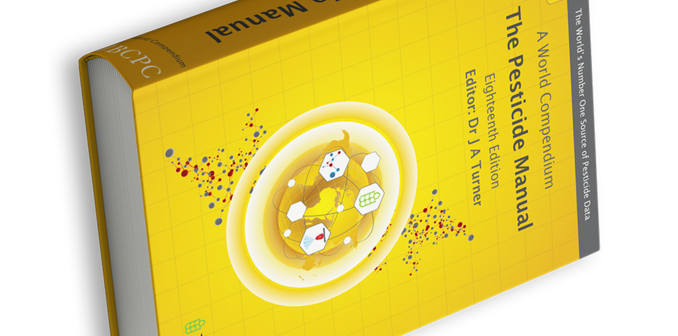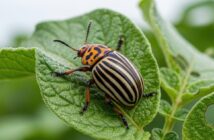“In a recent update of the status of pesticide regulatory approval in the European Union (EU) it appears that a significant number of pesticides included in The Pesticide Manual are now designated as – Not Approved,” observed Dr James Turner, editor of The Pesticide Manual. “Is the EU designation of so many pesticides as Not Approved a recent phenomenon or part of a longer-term trend?”
To answer this question, an analysis was done of the recent trends in EU pesticide classification, comparing Approved, Not Approved and Pending pesticides included in the 17th (2015) and 18th (2018) editions of The Pesticide Manual, with those currently listed (July 2020) in the Online Pesticide Manual which now lists 788 pesticides.
The analysis revealed a significant 10% decrease in the number of Approved pesticides between 2018 and 2020. This was in stark contrast to the 2015-2018 period which only showed a loss of three Approved products. This decrease appears to be due entirely to a change in the EU status of many pesticides from Approved to Not Approved.
During 2015-2018 there were 12 newly Not Approved pesticides which were offset by 11 newly Approved. In contrast, in the 2018-2020 period, only 7 new pesticides were Approved whilst 38 were designated as Not Approved.
The trends in the EU status of pesticides by their Field of Use were also evaluated. Between 2018 and 2020, new Not Approved pesticides are divided almost equally between insecticides, fungicides and herbicides – so the change in EU status cannot be readily explained by pesticide type. In contrast, the Field of Use of the few newly Approved pesticides in both the 2015-2018 and 2018-2020 periods is dominated by fungicides. It should be noted that the 2020 Not Approved list includes some of the world’s most important agrochemicals, including: chlorpyrifos, glufosinate and epoxiconazole.
In an Editorial included in the The Pesticide Manual 18th edition Dr Turner wrote, “Pesticide innovation is essential. Pesticide science must (and will) continue to evolve and contribute in order to meet the ever-increasing demands for safe, environmentally-friendly and effective food production.”
“Unfortunately, for farmers, the environment and consumers worldwide, the pace of newly approved, traditional pesticides has not tracked with the reduction in availability of effective agrochemicals resulting from successive European Union regulations and directives. The latest EU initiative – the ‘Green Deal’– aims to increase organic farming, reverse declines of pollinators and reduce risks and numbers of pesticides by 50% by 2030. So, despite human and environmental safety benefits that will come from targeted pesticide application using precision agriculture technologies, it is highly likely that the trend of Approved pesticide reduction will continue,” concludes Dr Turner.




